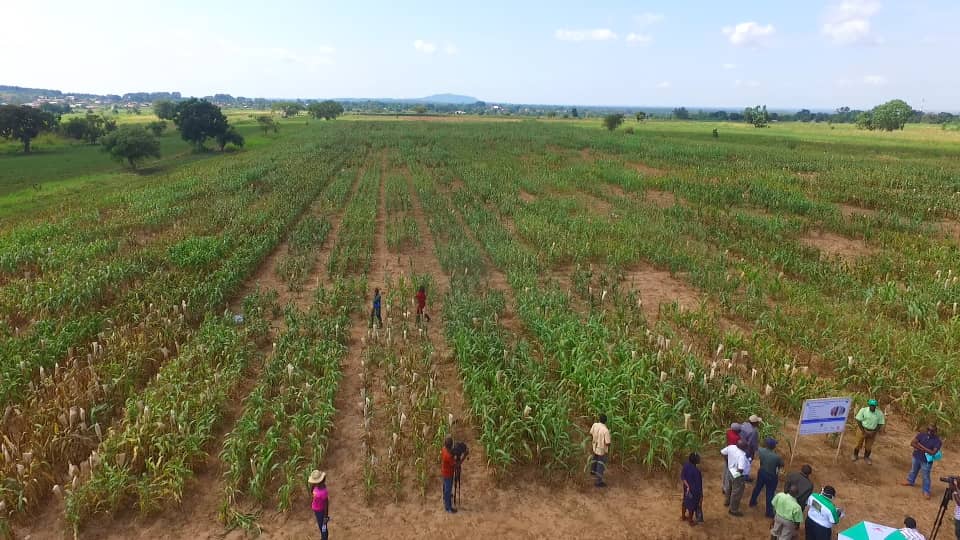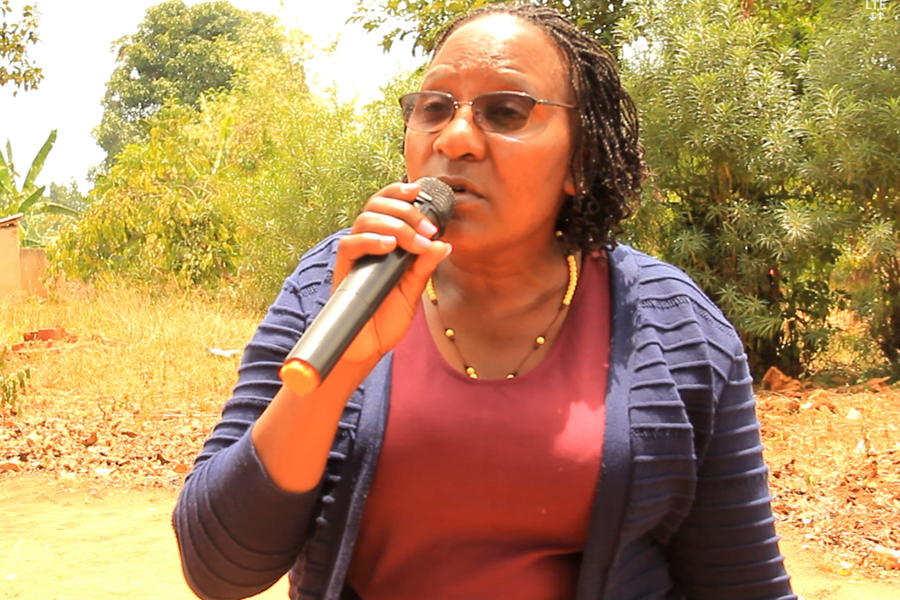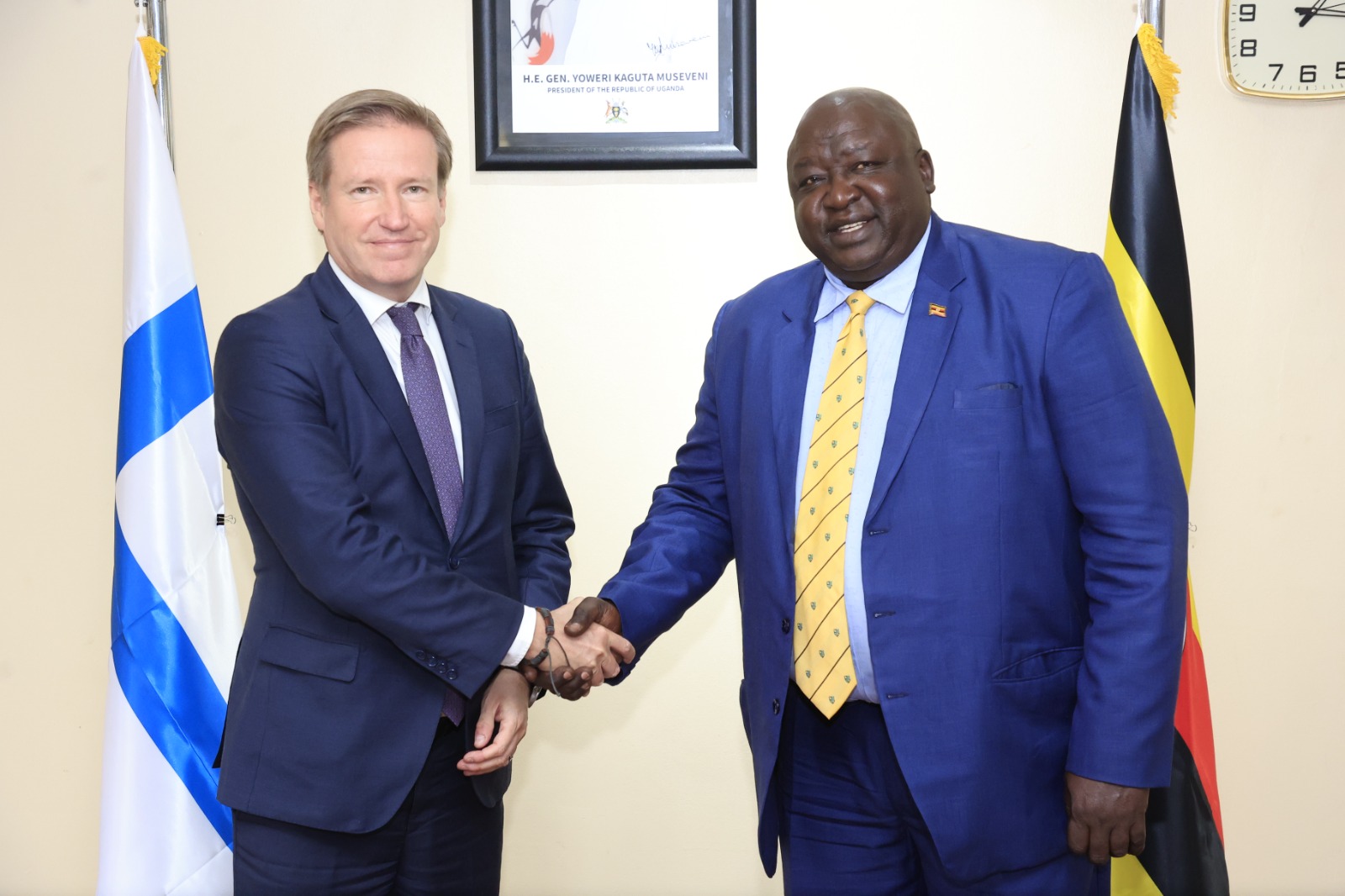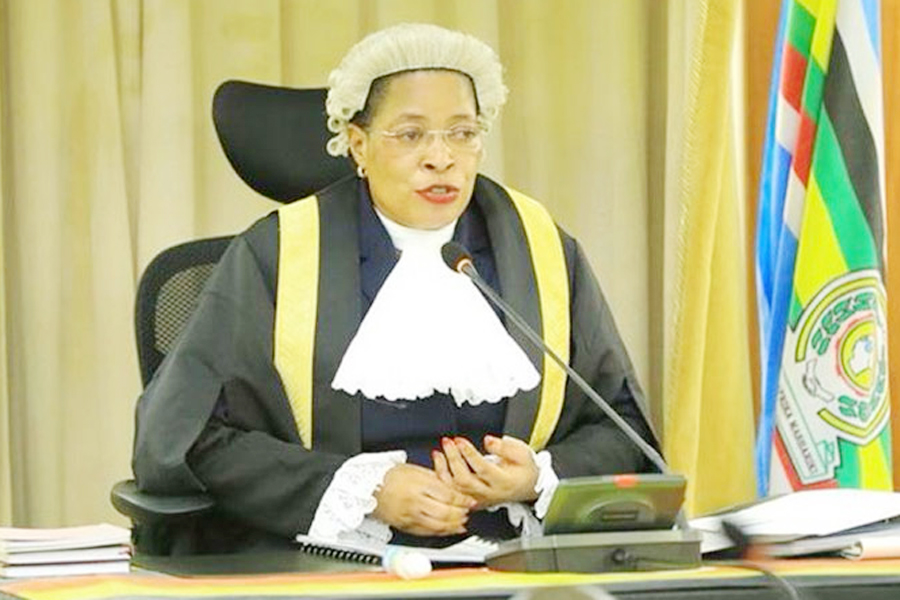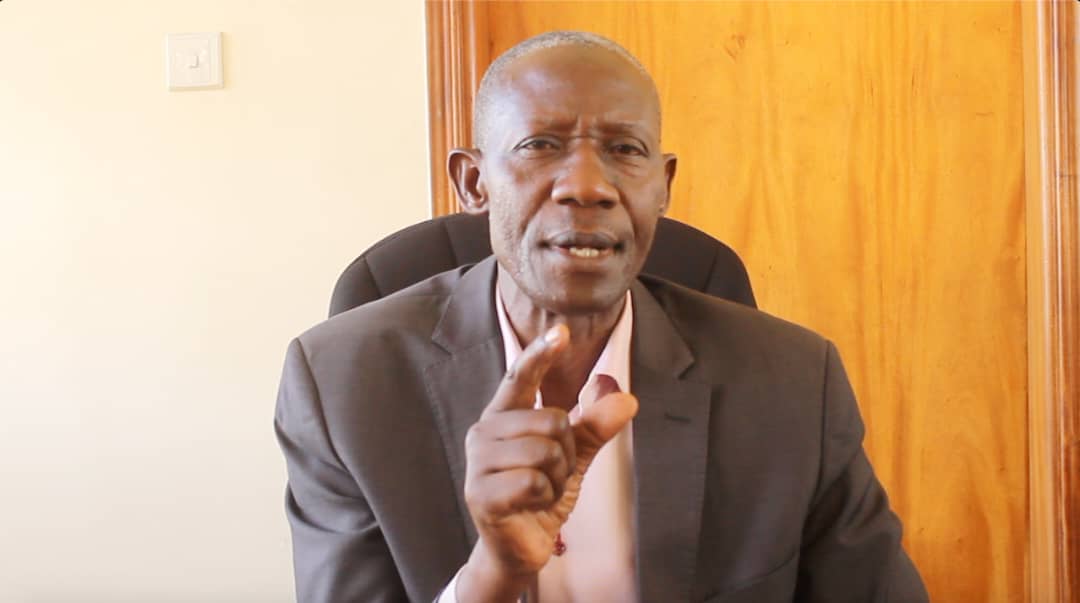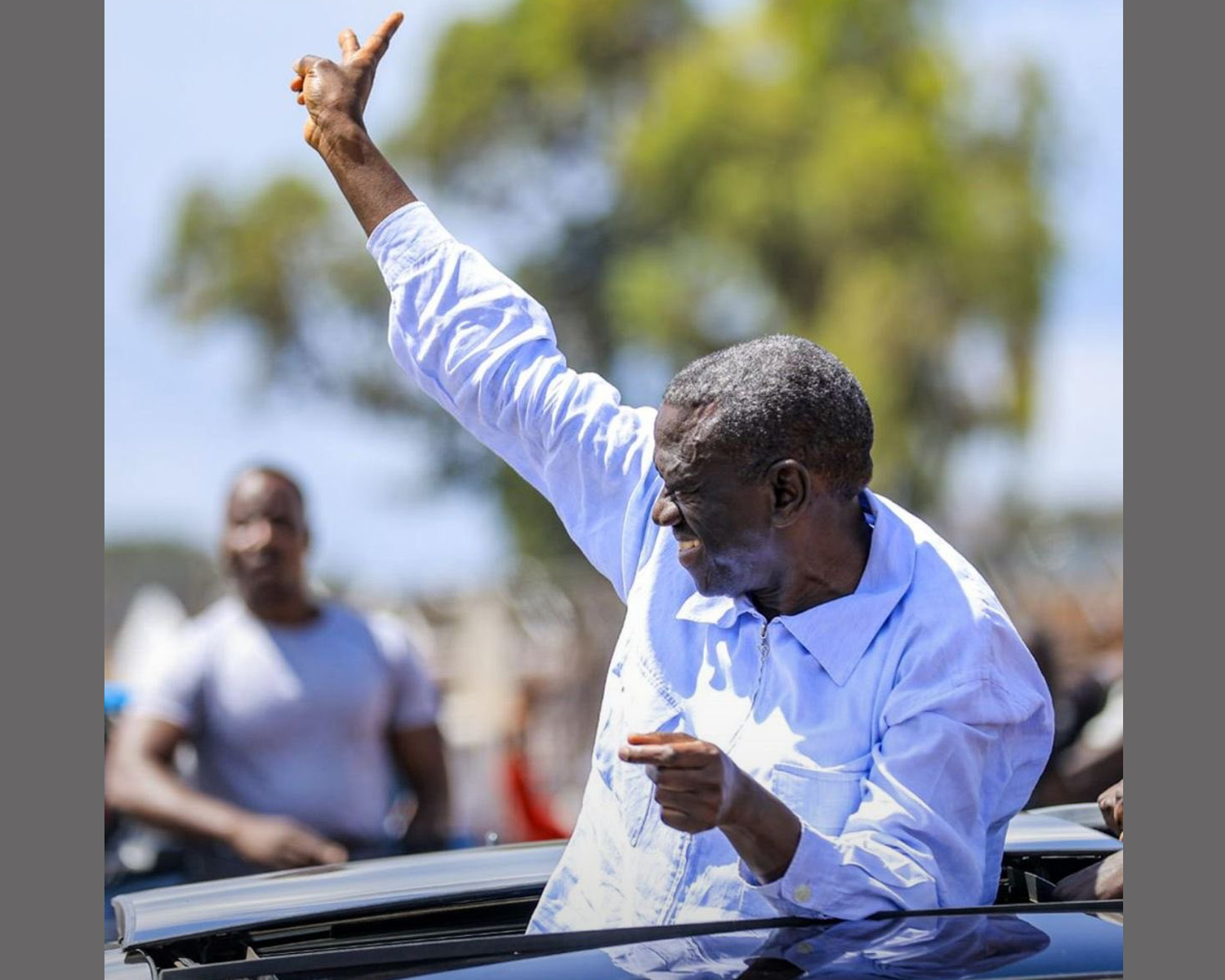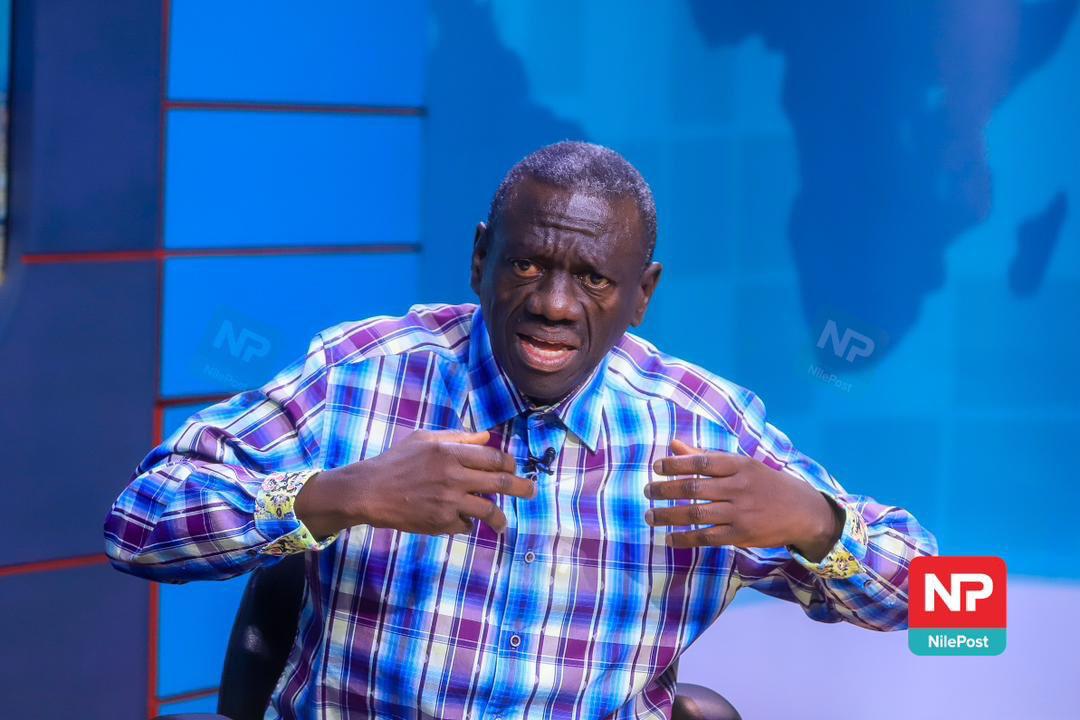Uganda airlines dealt blow after Airbus records delay in engine delivery
Government will have to wait a little longer for the re-launch of the national career after Airbus announced delays in deliveries for the A330 neo aircraft which the country ordered recently.
The European manufacturer is being impacted by heavy delays from contracted engine maker Rolls-Royce Holdings Plc for the Trent 7000 engines which are meant for the A330neo ordered by Uganda, Rwanda.
Keep Reading
- > Broken Promises and Barren Fields: Serere Farmers Vent Frustration
- > Uganda's Intellectual Property Landscape: Progress and Challenges
- > Keddi Foundation Extends Relief Aid to Flood-Affected Residents, Market Vendors in Entebbe
- > Understanding the Role of RDCs in Uganda: Mandates and Responsibilities
Rolls-Royce at the end of October announced they were behind schedule on delivering the engines due to ‘technical and operation challenges’.
According to an internal communication, the company will deliver 50 engines fewer (500) than anticipated (550) at the close of this year.
"While the production ramp up issues in Q4 (the fourth quarter) are regrettable, such issues in the early stages of a new engine programme are not uncommon in our industry,” the engine maker said in a statement.
“As we move into 2019 we are confident that Trent 7000 production and delivery volumes will increase significantly to meet our customer commitments,” the statement continues.
The A330 neo delivery are not the only problems Airbus is experiencing, their A320 Neo engine parts are also hit by the delivery delay.
According to a video update, one of the airlines impacted by the delays is WOW air which was set to take off using the A330 neo in November 2018, but will have to wait until February 2019. The set back for other airlines automatically means that Uganda will be no exception.
It should be noted that the A330 neo was already ordered by Kuwait, Malaysia and neighbouring Rwanda.
Nile Post tried to contact the Minister for Works and Transport, Monica Ntege Azuba but she did not reply our constant phone calls.
The minister had recently told journalists that the airline revival is on course and will take to the skies by April next year. He statements however, followed previous promises that the country would be ready by August 2018, which became unfeasible.
This comes as double blow to the country’s initiative at hitting the skies, following Export Development Canada’s (EDC) decision to pull out of the funding deal for the acquisition of four Bombardier jets for Uganda airlines just last month.
The EDC had agreed to lend Uganda $108 (Shs 406b) at interest rate of about 4 percent.
The Genesis
In it’s bid to revive the defunct Uganda Airlines company, government in July entered a deal to purchased six planes.
The aircraft included two A330-800neo planes from Airbus and four new CRJ900 regional jets from Bombardier rated at shs 700b. The two deals were announced by the respective companies in detailed statements.
The revival of the Uganda Airlines was kick started with a feasibility study by the National Planning Authority which reviewed the successes and failures of airlines globally with a bias on Africa and putting in consideration the failure of the previous national carrier.
The report claimed that government loses $540m annually to passengers coming and leaving Entebbe airport using other carriers and thus recommended that with the revival of he airline, Uganda would generate revenue of the the same figure in a 15-year period off operational and investment costs.
The NDA report also recommended the CRJ 900 and Airbus A300-200 series as the most appropriate aircraft types for regional and international operations. The report dissuaded government from leasing aircraft stating it was better to buy in order to maximise financial economic benefits.
During the Manifesto Week in June, Works Minister Monica Ntege Azuba revealed to media that government had earmarked cash to purchase six aircraft from Bombardier (4) and Airbus (2) which would then hit the skies in December
“We’re starting with four aircrafts and these are Bombardier aircraft. The sitting capacity is 80 to 100 passengers. They are produced by Bombardier which is from Canada. We had a team and it has done studies and a business plan was made – it was found that it would be viable. What I have to tell you is that when you’re in the airline business, you don’t plan on making profits as soon as you you start. So according to the business plan we’ll break even after 4-5 years.” said Azuba.
Azuba said then that government would later purchase two Airbus A330 series 800 wide – twin engine propeller aircraft. These will have a 300 sitting capacity each. She said government had already paid a commitment fee of $1.2 million to the Canada-based Bombardier manufacturer and France-based Airbus manufacturer.
Enter Museveni
While delivering his speech at the national independence celebrations in Luuka District, President Museveni said the government allowed the airline to close because it was making losses and by that time Ugandans were not travelling as is the case now.
“I have learnt that Ugandans are now spending $420 million per year on travel. That’s why we decided to revive the airline so as to stop the outflow of this money,” he said.
Uganda Airlines was initially established in 1976 but was brought to its knees in 2001 over a $6m dollar debt.
Seven years later, Air Uganda launched but it was suspended and closed in 2015 after Civil Aviation Authority withdrew its licence in what was then seen as a squabble between the powers in government and the airline owners.
Indeed, the CEO for the airlines, Cornwell Muleya would later dismiss CAA’s suspension as awkward, adding that: “They are just hiding behind the airline.”
A letter dated June 17, 2014 by CAA indicated the International Civil Aviation Organisation (ICAO) had found air Uganda’s’ certification process irregular in an industry that was low on surveillance and less compliant to international requirements.
Works Minister Ibrahim Byandala would later serenade the MPs in a communication at parliament when he justified the suspensi0n of the airline saying it had been putting lives in jeopardy with several cases of crash landing and near misses.
With the squabble between airline authorities and government unending, Air Uganda closed and with it went more than 200 staff. The impact of it’s closure would be felt immediately up to date.
The airline comes at a time when most African states are pulling their airlines from the skies citing grave losses. Zambia, Ghana, and Nigeria are a case in point for withdrawing from the business citing lack of profit albeit Nigeria has bounced back.
A June (2016) report of the International Air Transport Association (IATA) states that African airlines posted a $500 million loss, a minor improvement on the $700 million that the region’s carriers registered in 2015.
Kenya airlines in particular reported a $52m loss although they quickly attributed the loss to corruption and fraud.
But with Uganda’s corruption levels standing higher, will the airline stand the test?
The big man syndrome
The airline also comes at a time when bush war comrades and “big people” in government have the ability to flout rules and laws in their favour.
Like one person said when he heard of the launch; “Those planes will have yellow inside, and some people will just be calling the airline and saying, remove so and so from the plane, or wait for so and so, he must be on the plane.”
This will not be a new scenario to the NRM government, indeed in 1986 the General Manager Uganda Airline, Dr Ben Ochola Latigo, ordered the recall of a plane (QU172) which had already left ground 30 minutes earlier. The plane was destined for Dubai in the United Emirates when it was recalled back to Entebbe airport because he had to be on it.
Accordingly Ochola, he was meant to be on the craft to Pakistan but he arrived at the airport several minutes after it had departed.
When summoned to explain his action, Ochola simply said he recalled the plane because; “He had the powers to do so.” It would later be revealed that Ochola operated a car hire service with the airline and they owed him large sums of money.


